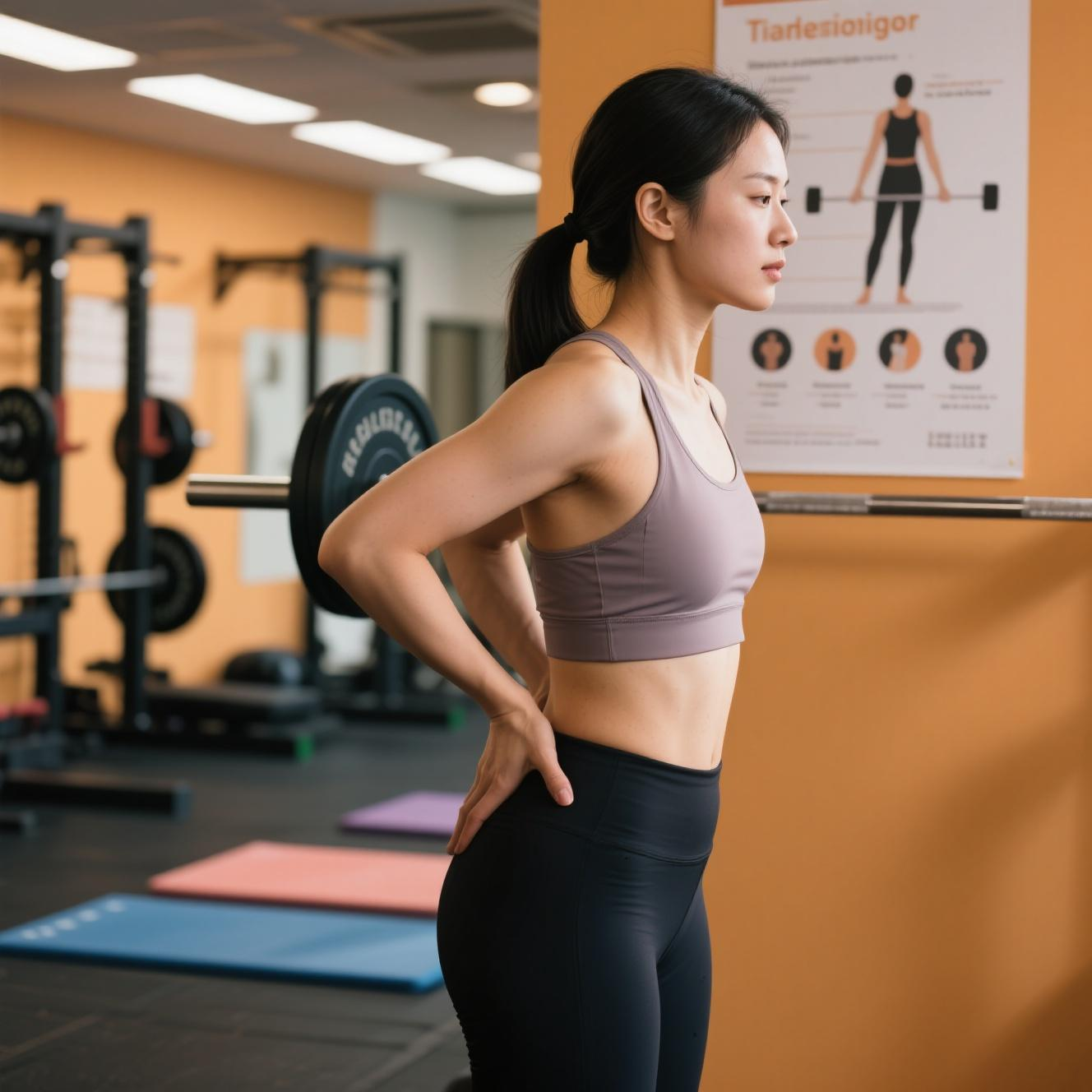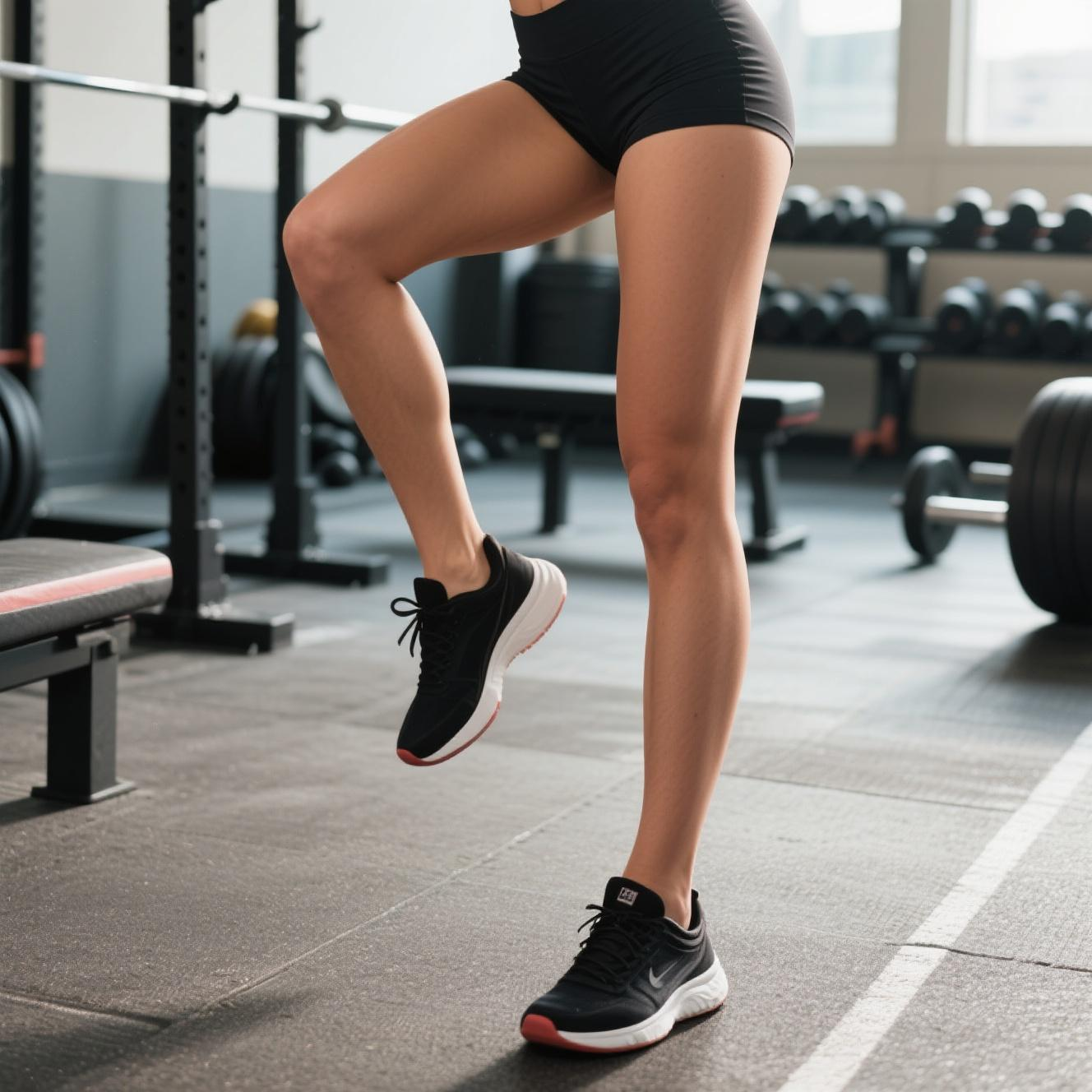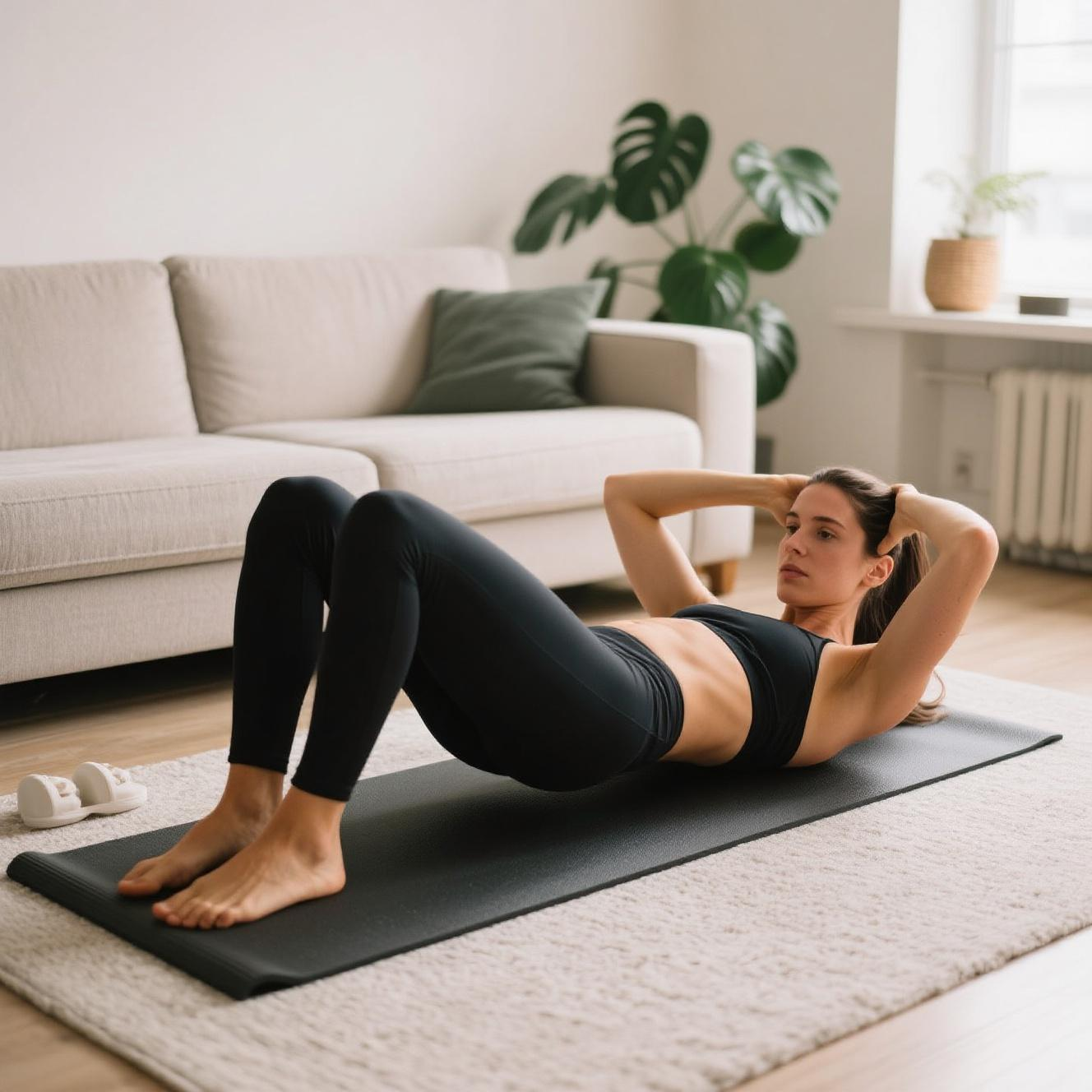When Emma first realized her shoulders felt heavy and her back ached after long days at the office, it wasn’t vanity—it was relief when she glanced at a photo and saw her slouched posture. Like many of us, she thought this was just part of modern life born from long hours at a computer. But that hunched shoulder feeling began to invade her evenings too—dinner felt awkward, conversations dated, and even bedtime felt stiff. She knew she needed more than a pillow drill—she needed movement that speaks to the body’s natural biomechanics, the kind that builds awareness, strength, and posture-friendly habits.
Posture correction exercises aren’t about looking good in photos—they’re about rewiring the way your spine, shoulders, and muscles talk to each other. High-value search terms like “posture exercises,” “correct rounded shoulders,” “upper back strengthening,” and “hunchback relief exercises” point toward a desire for actionable fixes. But unless these are paired with understanding—the who, why, and how—they become forgotten in the middle of a day’s chaos.
Emma discovered her first breakthrough during a Pilates class when the instructor guided her into a rib cage lift. The moment she engaged her deep core and breathed into her thoracic spine, she felt a shift—not a forced posture, but a quiet easing of tension between her shoulder blades. The tight wrap of her pec muscles felt less like a brace and more like a whisper: they could soften. That moment reminded her that posture isn’t rigid alignment—it’s dynamic support.
Those initial sessions weren’t glamorous. Emma’s router sat next to her laptop, her yoga mat unrolled in the living room. She started with what she could manage—a set of scapular retractions (gentle squeezing of shoulder blades) before breakfast, wall angels while waiting for water to boil, and foam-roller stretches on weekends. Each move didn’t scream transformation, but each added texture to her nervous system and awareness to her habits. She learned to sit less as a physical worker and more as a creature wired to move, to expand, to breathe tall.
Back pain isn’t always ominous—and it isn’t always solved by expensive interventions. For Emma, it was the accumulation of everyday habits: leaning into screens, hugging her phone, hauling groceries by one strap, and cradling her toddler on her hip. What helped most were exercises that taught balance—band pull-aparts to engage her rear delts, chin tucks to strengthen her deep neck flexors, and thoracic spine rotations that coaxed stiff ribs open so shoulders could drop naturally.
She combined that with strengthening her mid and upper back through rows, face pulls, and resistance-band wall slides. She felt each muscle twitch that had long been dormant. She learned to trace her shoulder blades down her spine when she typed, to close her heart center slightly without collapsing it, and to breathe more into her back than out of her chest.
We often think of posture as a static “hold yourself up” command—but guess what? Breathing sabotages it fast if not managed well. Once, Emma found that her posture regressed each time she was stressed. Her thoracic extension disappeared as she breathed shallowly. When she practiced deep lateral breathing—expanding her ribs to the side—her upper back began to sit higher without effort. And it became functional: she caught herself returning to that feeling when she was tense, giving herself a moment of release before rushing back into work.
There were moments of resistance too. In a street yoga session at sunset, Emma sat cross-legged, watching the scarves of light fill the sky. She tried opening her chest for a backbend and realized how locked her spine felt. She felt brittle and close. But two days later, after consistent mobilization and gentle backbends at home, she tried again—and the pose felt open, receptive, alive. That’s how she knew the effort was working.
Weight training reinforced her posture progress. Upright rows, wide-grip rows, and deadlifts engaged her posterior chain. She added yoga-style extensions—locust pose, cobra—to mobilize her spines. Each rep reminded her how connected her back, pelvis, and spine are. It took patience: at first her back trembled during extended holds; now she felt empowered, not exhausted, by the very muscles that once felt weak.
Daily habits sealed the change. Emma stopped carrying heavy bags on one shoulder, began setting computer screens at eye level, and downloaded a gentle reminder app to stand tall every 30 minutes. She placed a yoga block between her shoulder blades during long calls—just tilting it slightly behind her allowed her to feel mid-back openness without pain. She replaced texting while lying down with face-up typing—letting gravity help her neck stay neutral.
Evenings became a time of release. After sitting at her laptop most of the day, she’d lie on the floor with knees bent, breath into her back ribs, arms stretched overhead. She’d follow it with slow cat-cow movements, feeling her spine articulate. She’d hold savasana for two minutes—more than any stretch advertisement but simple enough to feel like personal freedom.

Months later, Emma stood beside friends in vacation snapshots, not just visually improved: she felt different. Conversations felt easier, breathing more expansive, and back pain less constant. One day at the playground she noticed her toddler walking more upright beside her, as if imitating her posture improvements. That simple mirror neuromuscular change rippled beyond her body—it shaped her confidence and connection.
These exercises aren’t a quick fix—they’re a way of tending daily to your natural support system, weaving awareness and strength into habits. Each stretch, each hold, each time you soften your chest and guide your shoulder blades home is a moment of care—a moment that says you deserve to stand tall, to breathe deep, to move freely. And every time your spine remembers that freedom, you’re not just correcting your posture—you’re shaping a stronger chapter of your life.



